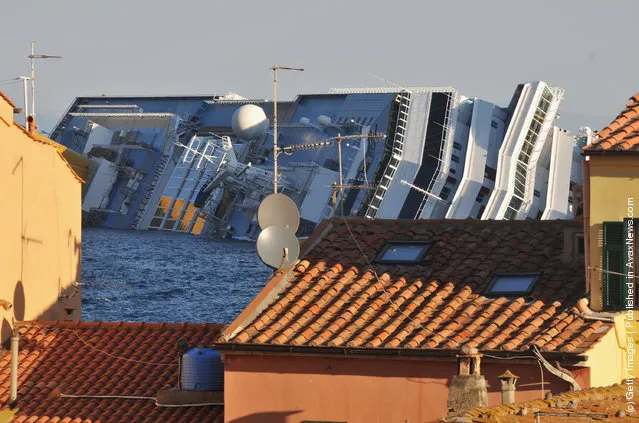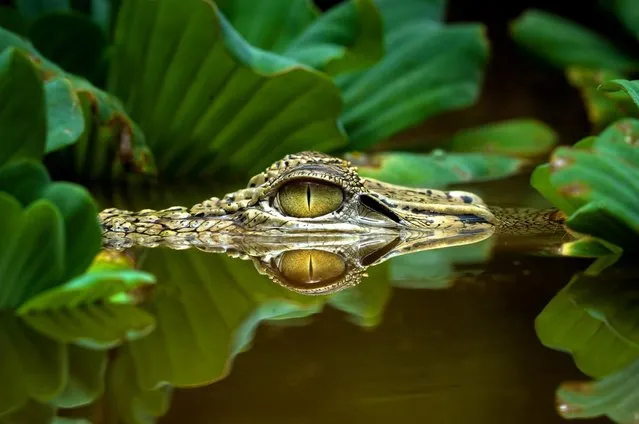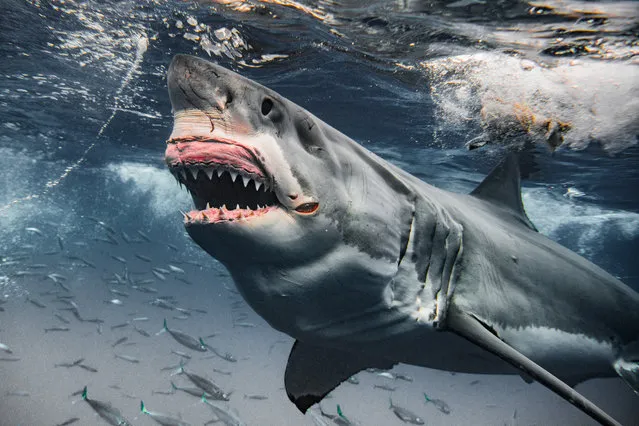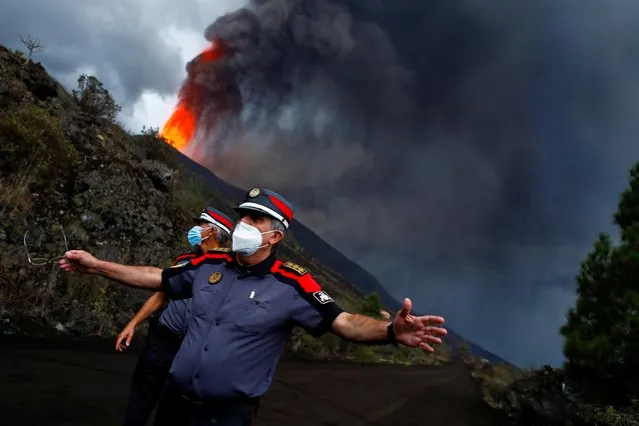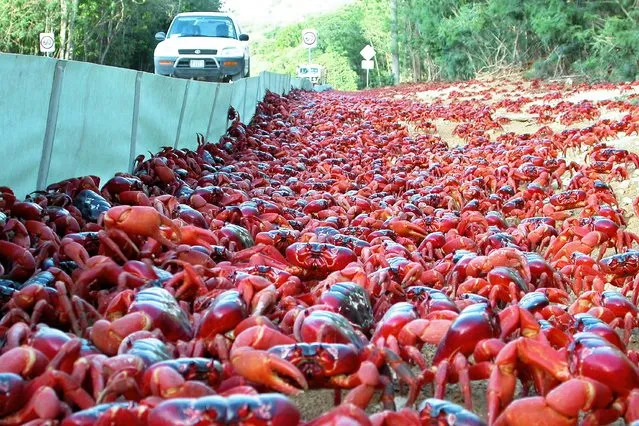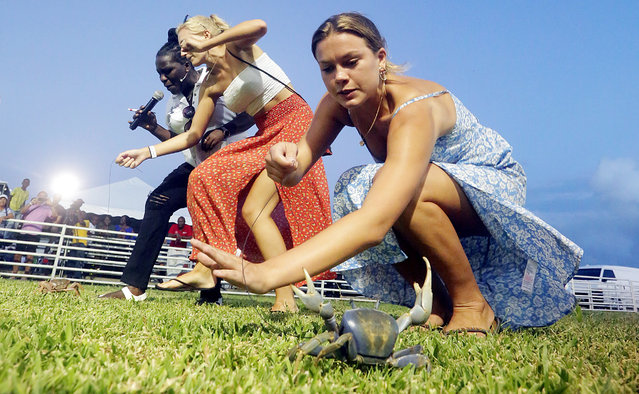
The cruise ship Costa Concordia lies stricken off the shore of the island of Giglio, on January 14, 2012 in Giglio Porto, Italy. More than four thousand people were on board when the ship hit a sandbank. At least 3 people have been confirmed dead and another 50 are unaccounted for. (Photo by Laura Lezza/Getty Images)
15 Jan 2012 11:05:00,post received
0 comments

